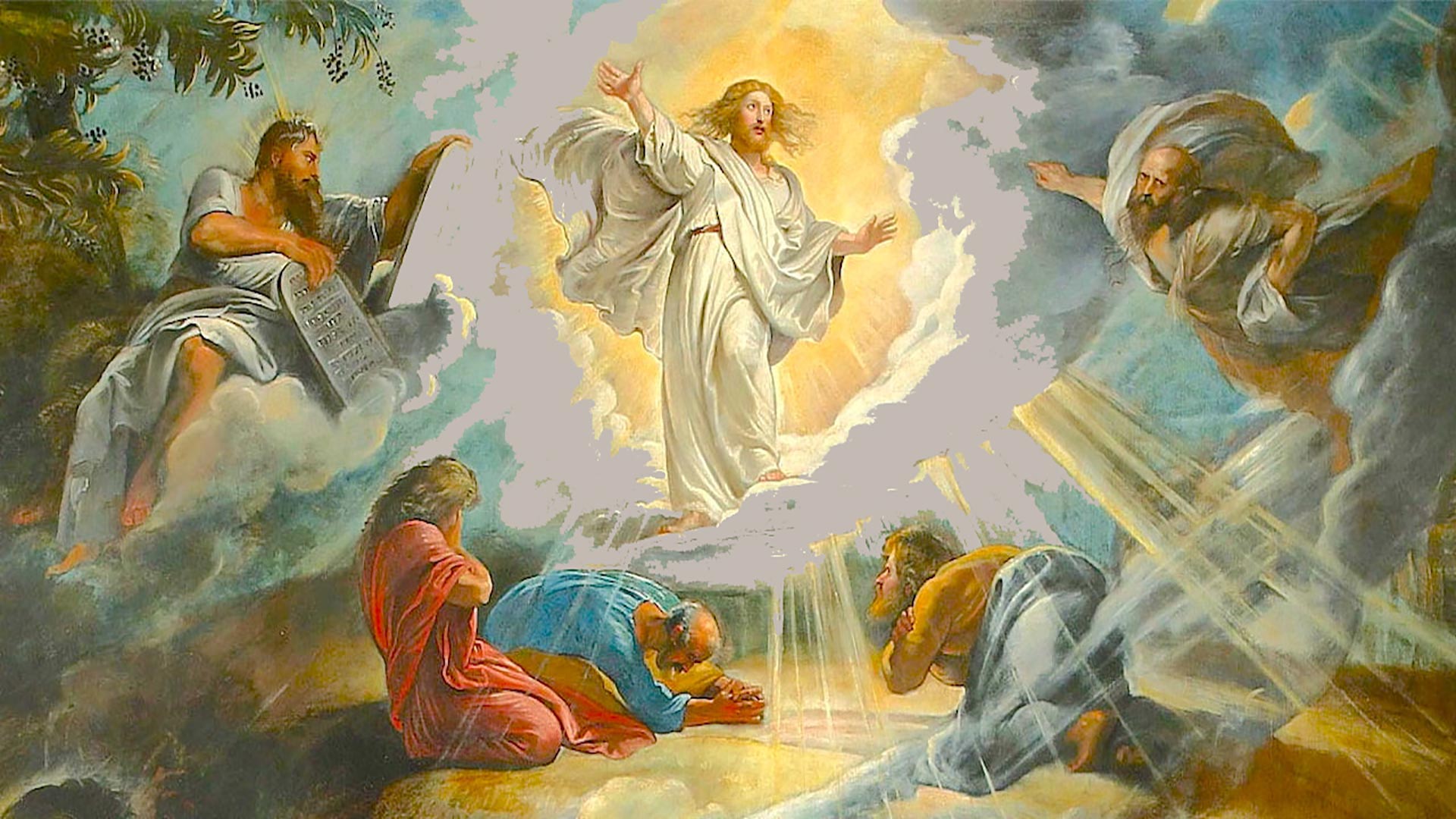Transfigured by the Cross
After God created man in His image and likeness, He always dialogued with humankind. But alas, the dialogue was soon interrupted by Original Sin; to resume it, God chose Abram, who thus became the first of the Hebrew patriarchs.
Abram, trusting solely in God’s Word, left his hearth and home in Ur, Mesopotamia, and walked into the unknown, to a place later identified as Canaan. The Lord had promised Abram: “I will make of you a great nation, and I will bless you, and make your name great, so that you will be a blessing (…) and by you all the families of the earth will bless themselves.” That is how Abram (meaning ‘God is exalted’) became Abraham (‘Father of many nations’).
The Jewish people are descendants of Isaac, son of Abraham and Sarah, and the genealogy of Jesus is traced to him. But equally pertinent is the fact that Abraham’s near-sacrifice of Isaac foreshadows Jesus’ sacrifice on the Cross. So much for the relevance of today’s First Reading (Gen 12: 1-4) to the season of Lent.
In the Gospel (Mt 17: 1-9) we note that the apostles Peter, James and John had a prevision of the Resurrected Lord. Jesus was “transfigured before them, and His face shone like the sun, and His garments became white as light.” And as though this were not enough, “there appeared before them Moses and Elijah [central Prophets of the Old Testament], talking with Him.”
At that point, Peter, as if to continue savouring the ambience, wished to stay put on Mount Tabor, but he was shaken out of his comfort zone when “a bright cloud overshadowed them, and a voice from the cloud said, ‘This is My beloved Son, with whom I am well pleased; listen to Him.’” The apostles, who were filled with awe, fell on their faces. Jesus bade them to rise and not fear. And just as they had an insight into the Lord’s divinity, even if no inkling into His mission on earth, they also felt emboldened to follow Him.
Their experience was brief but marvellous. Jesus wanted His Apostles to treasure its memory and later testify to its truth, for it would be precisely Peter, James and John who would be destined to witness the Agony in Gethsemani! So, “it was fitting that their faith should be fortified beforehand and their eyes illumined by the effulgence of the Godhead.”[1]
To what extent are you and I fortified – transfigured – by learning of the apostles' experience? Or, do we, like Peter, only wish to feel good and dream of happy days to come? The Transfiguration was – and will always be – a sign that Christ’s mission does not lend itself to trivialisation. Also, we must be conscious of our special mission as Christians, and never feel disheartened or tempted to give up. When we look around us and see people wallow in sin, we ought to see how their happiness is only a mirage.
On the other hand, those who have chosen the narrow part are the fortunate ones, for they are continually transfigured. Jesus had instructed the Apostles to “tell no one the vision, until the Son of Man is raised from the dead.” He indeed rose from the dead; and today, it behoves us to testify with conviction. But St Paul (2 Tim 1: 8-10) says that we have to also “take [our] share of suffering for the Gospel in the power of God who saved us and called us with a holy calling (…) and brought life and immortality to light through the Gospel.”
We can never thank God enough for our holy vocation. Being inheritors of an exalted tradition of faith in action, we are duty-bound to come out and call the world’s bluff. It is high time the world realised that by drawing back from the Cross it is in fact at cross-purposes with God’s loving plan of salvation. For our part, therefore, let us move forward decidedly and be transfigured by the Cross.
Banner: P. P. Ruben’s Transfiguration of Christ
https://www.ecwausa.org/the-transfiguration-of-jesus-in-matthew-17/
[1] Abbé C. Fouard, Jesus Christ the Son of God (Goa: Don Bosco, 1960), p. 263.
